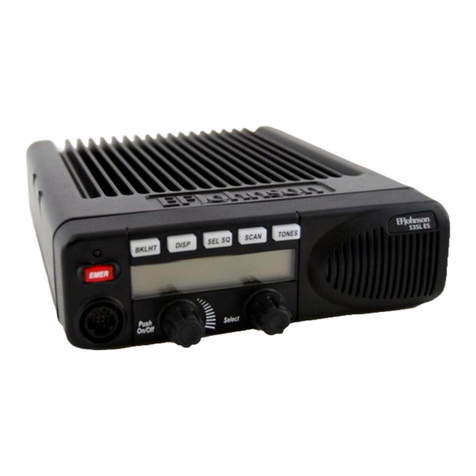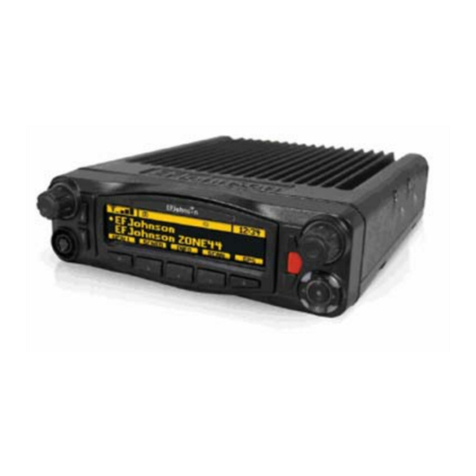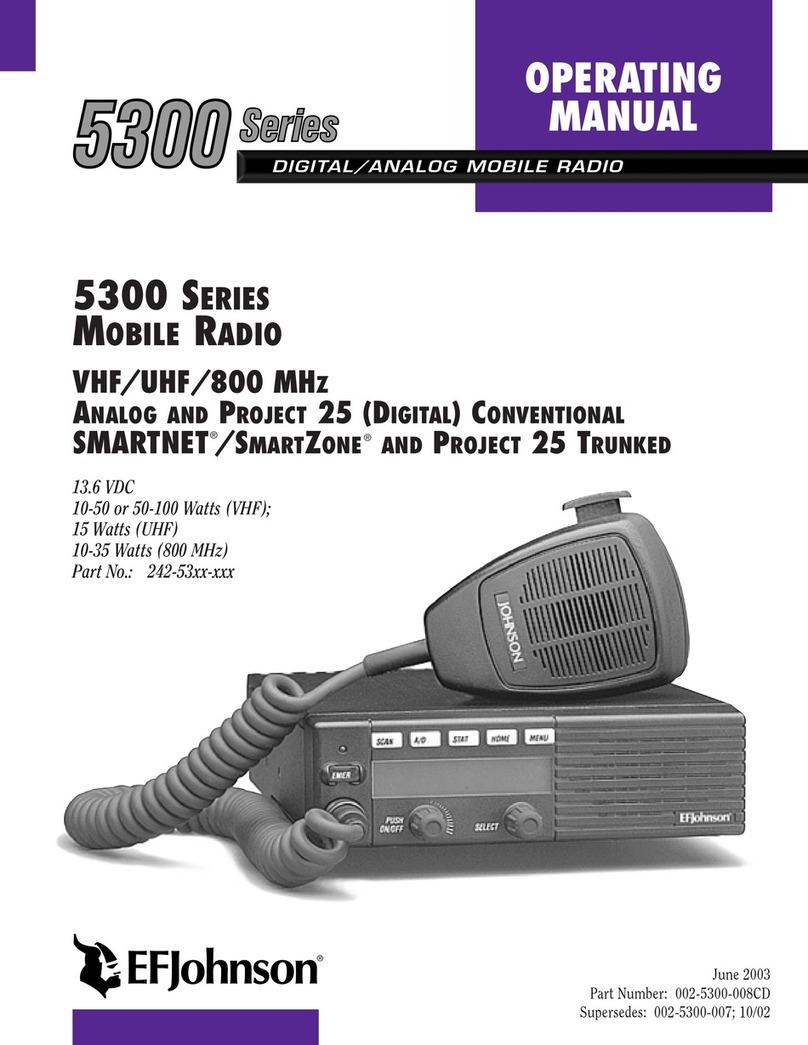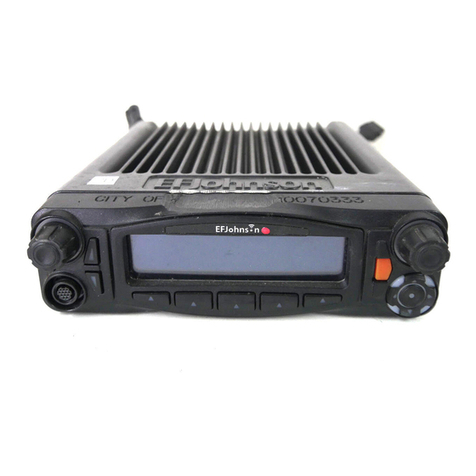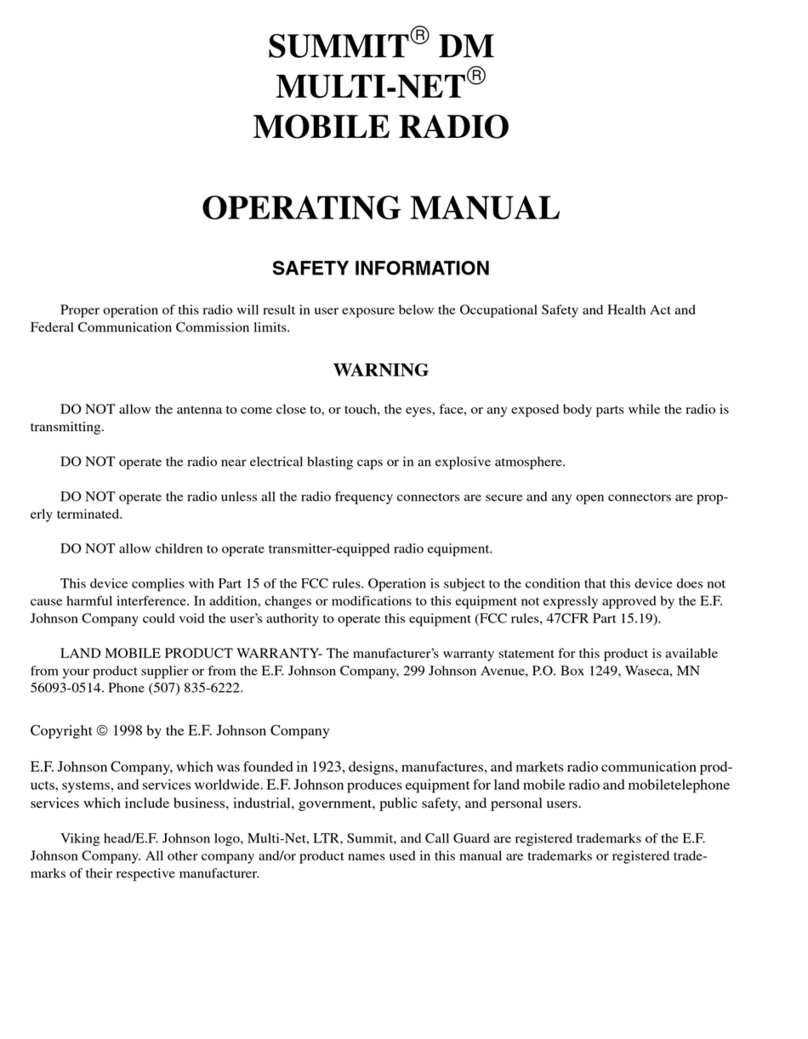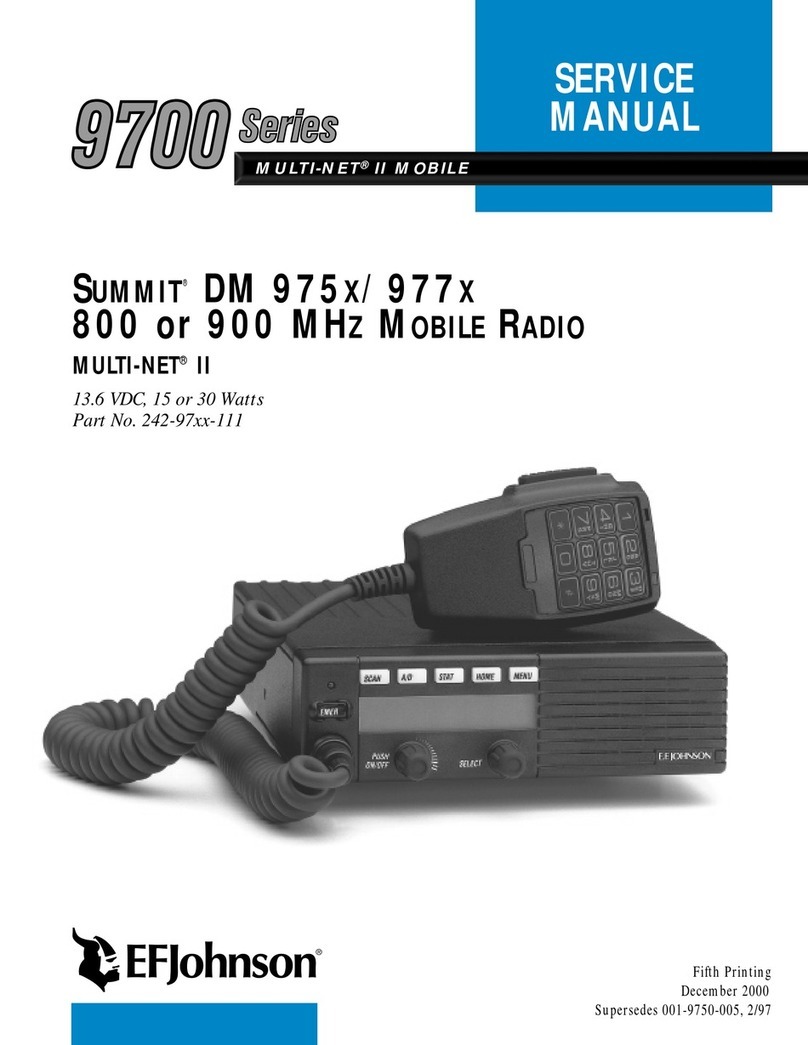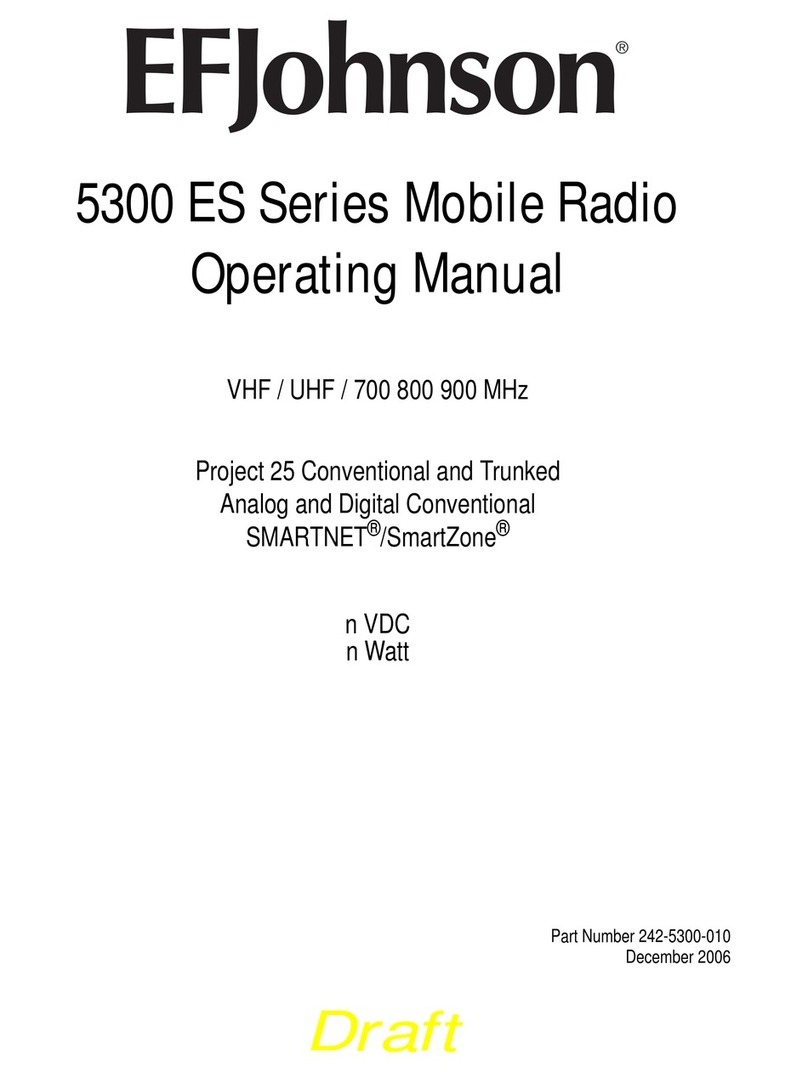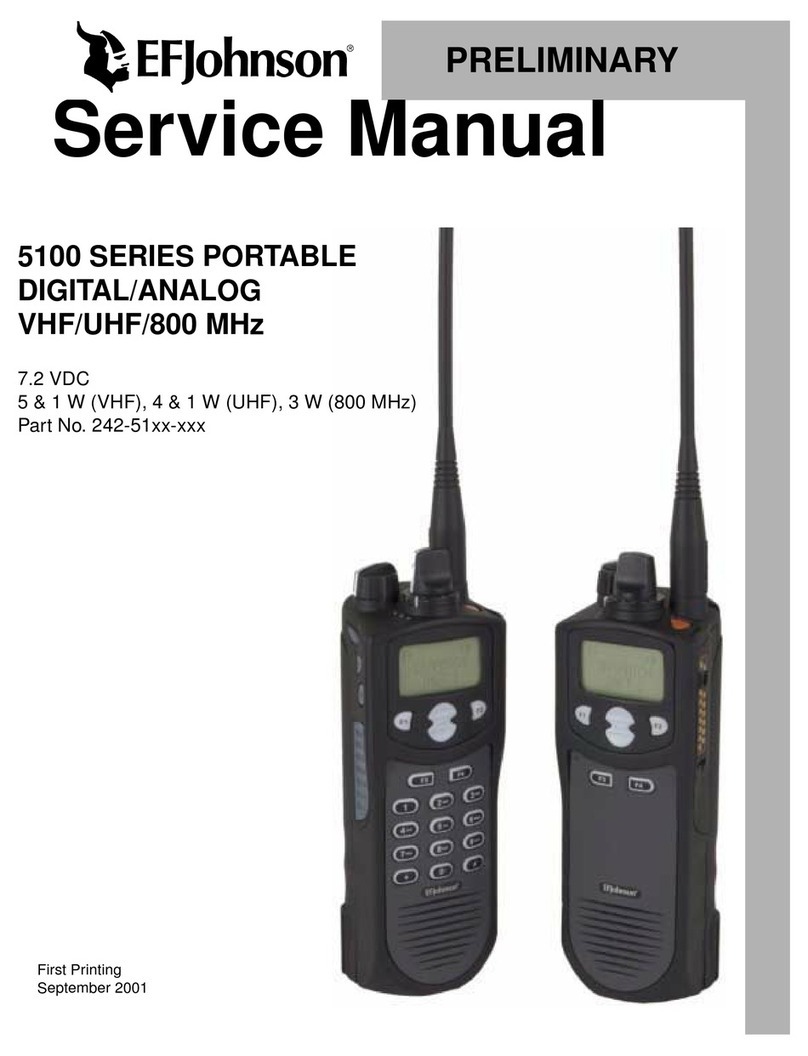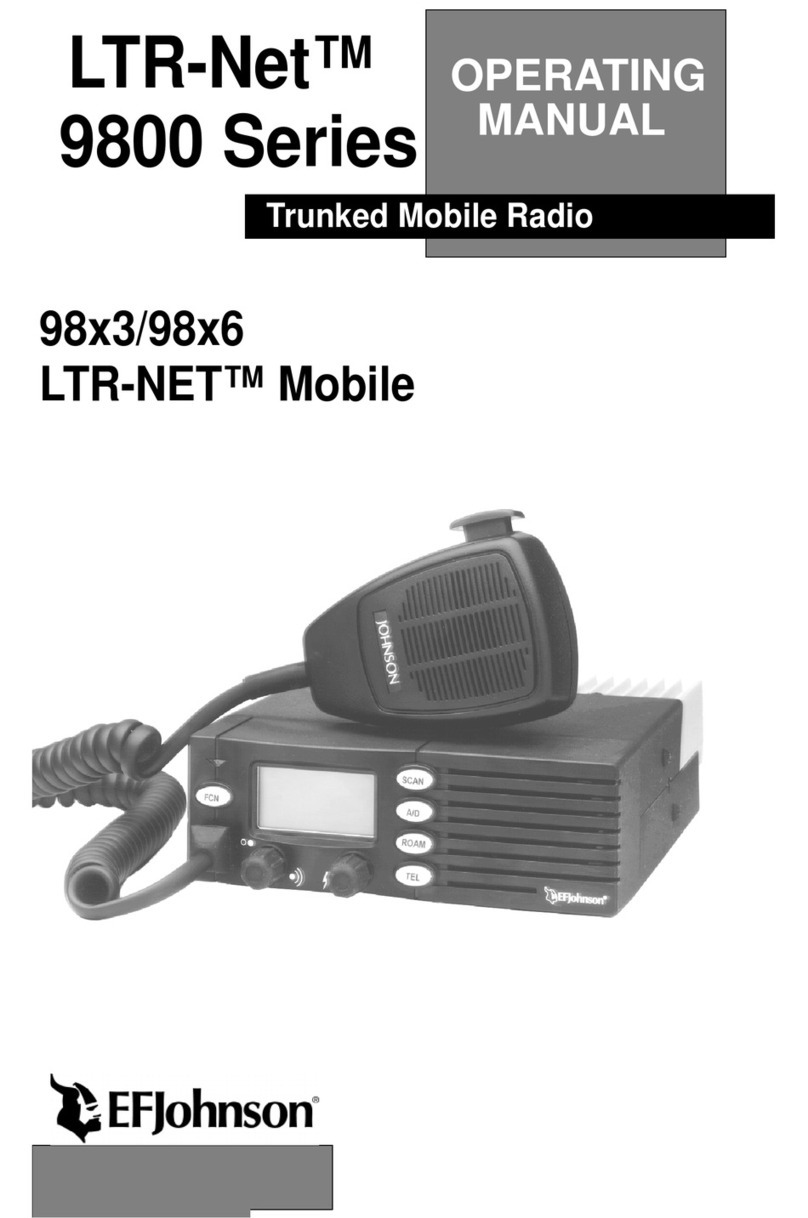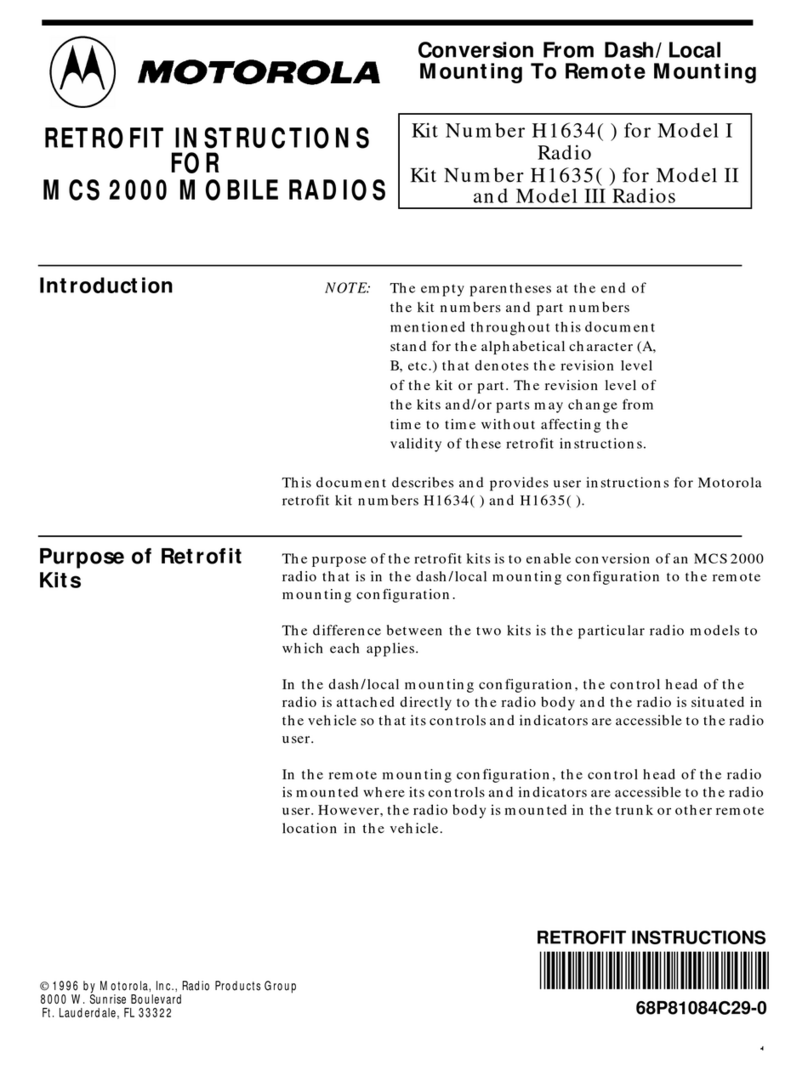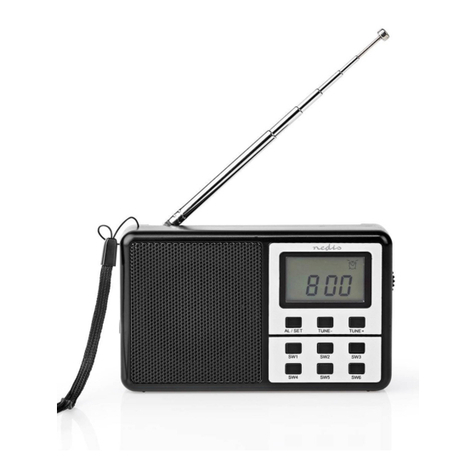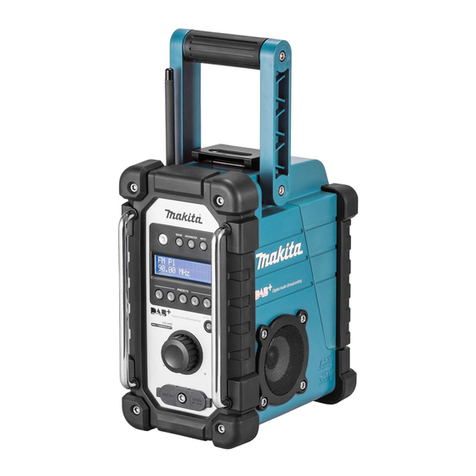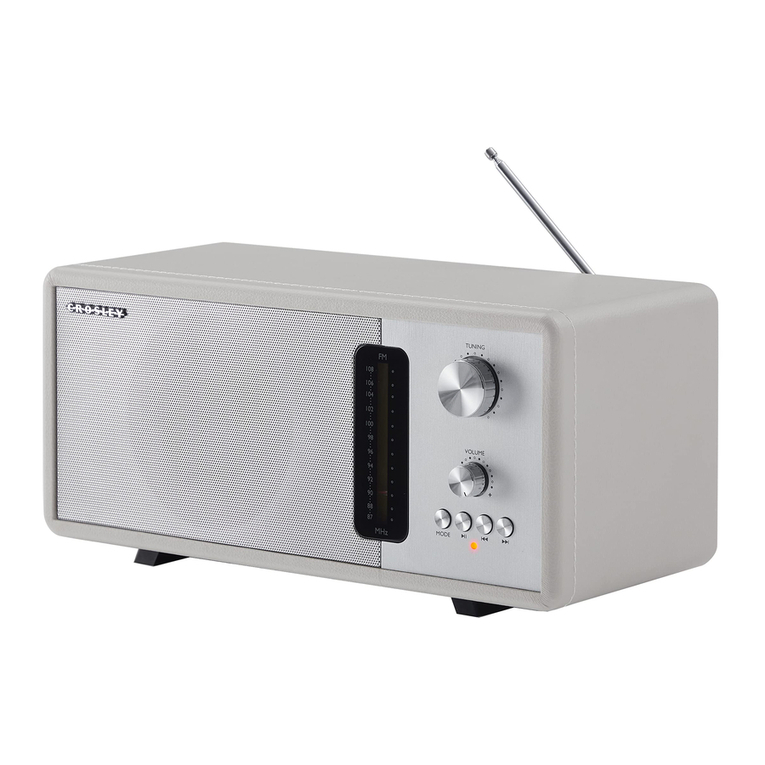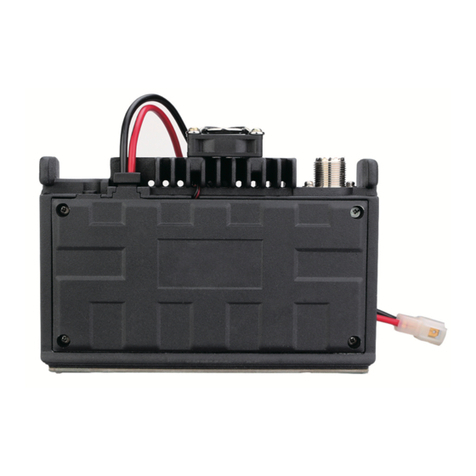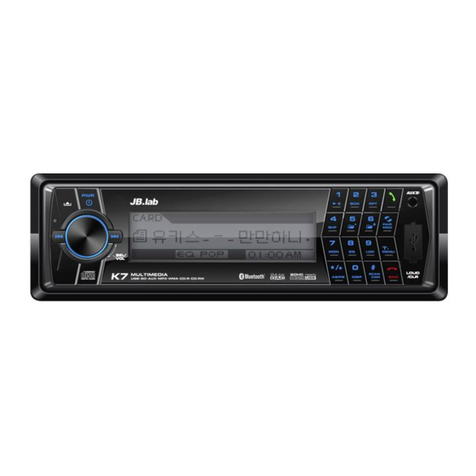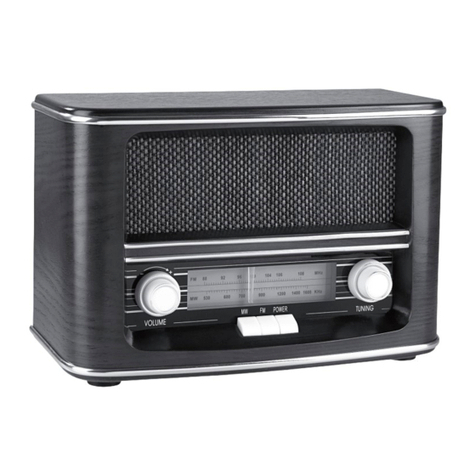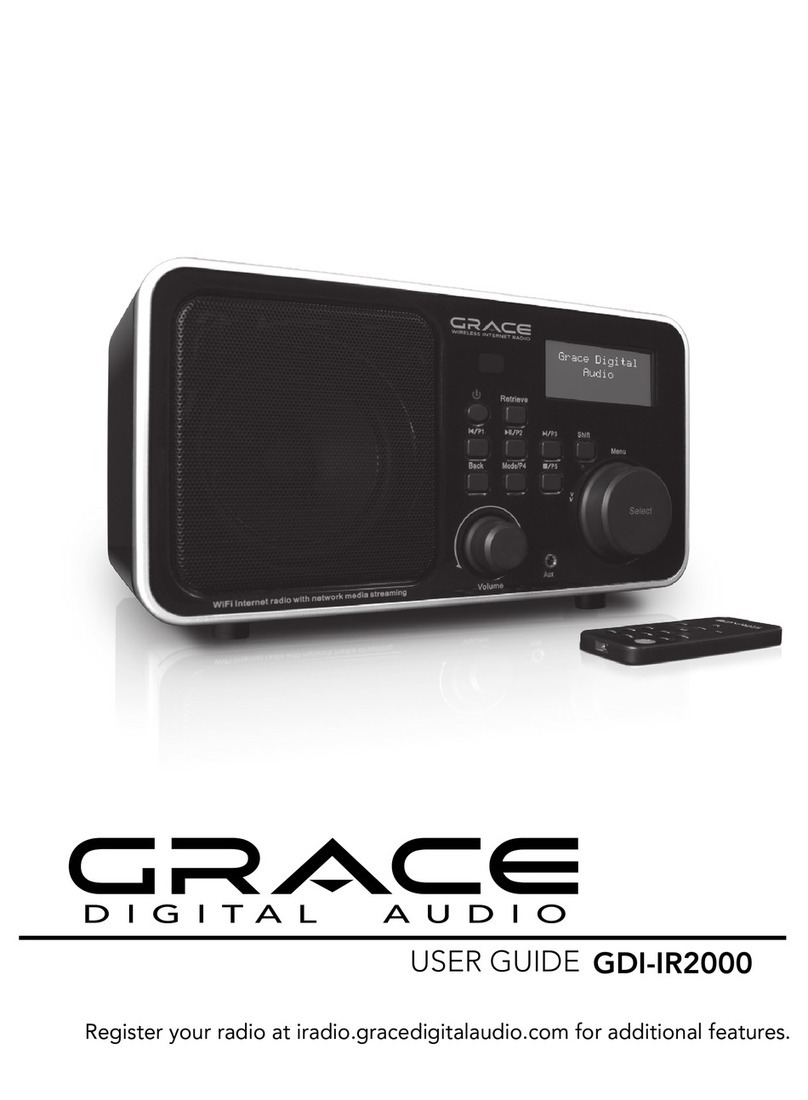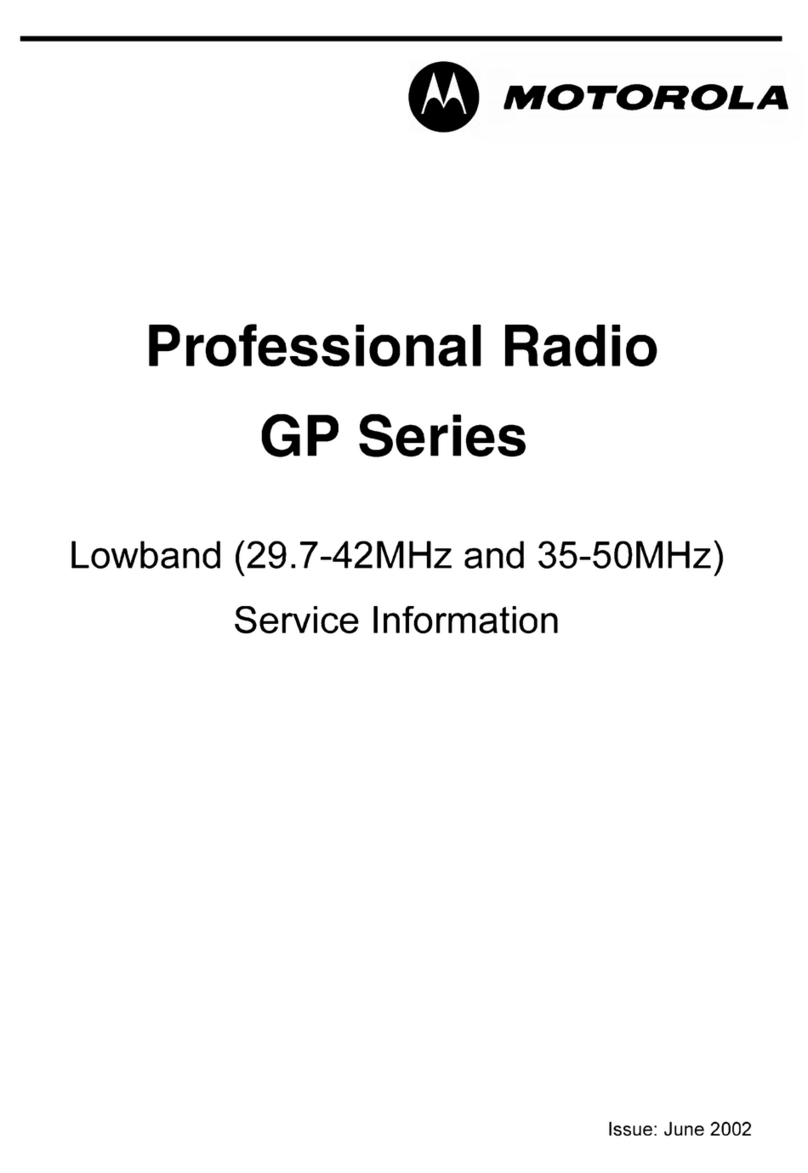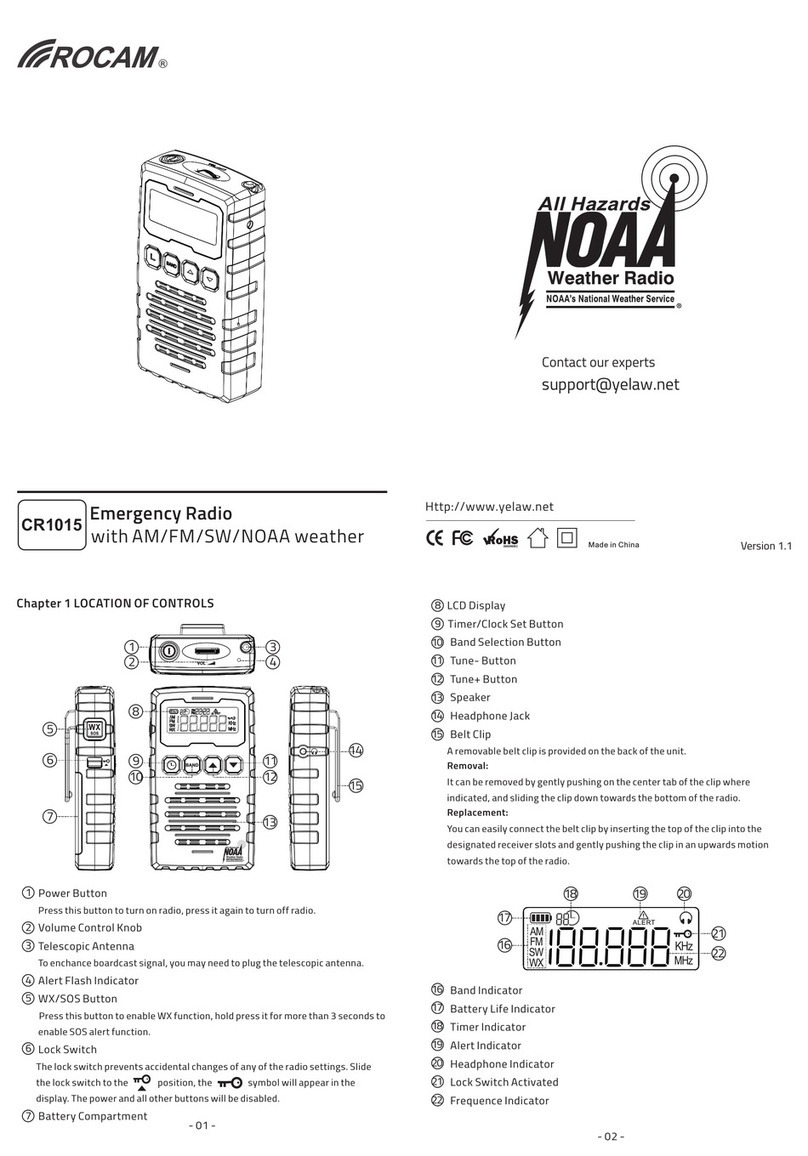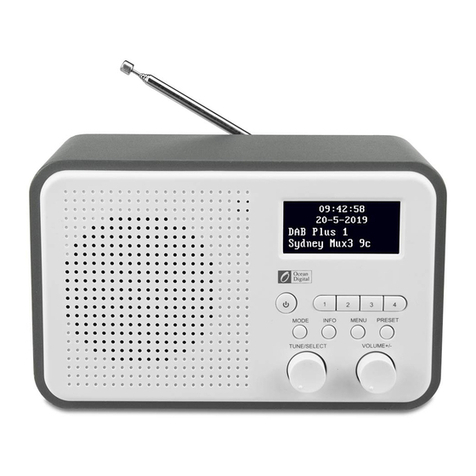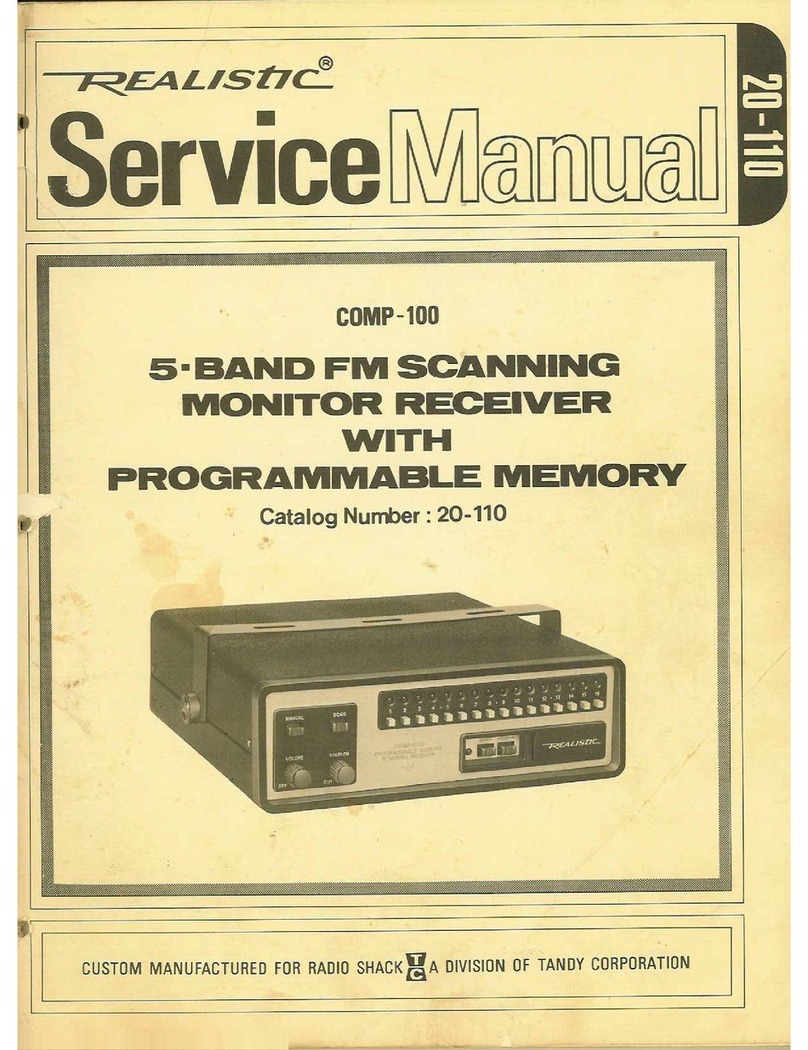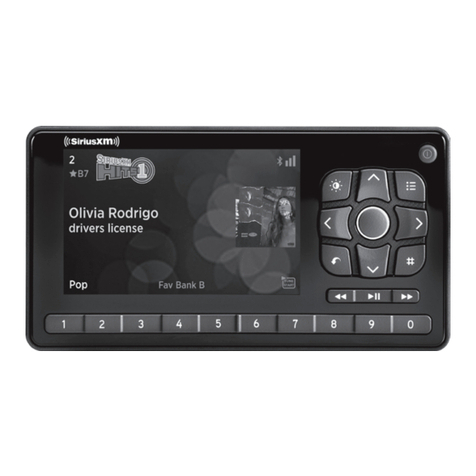
TABLE OF CONTENTS
8
Tone Select. . . . . . . . . . . . . . . . . . . . . . . . . . . . . . . . . . . . . . . . . . . .30
Transmitter Thermal Foldback. . . . . . . . . . . . . . . . . . . . . . . . . . . . .30
OPTION SWITCHES AND MENU MODE . . . . . . . . . . . . . . . . . . . 30
Option Switches . . . . . . . . . . . . . . . . . . . . . . . . . . . . . . . . . . . . . . . .30
Menu Mode Introduction . . . . . . . . . . . . . . . . . . . . . . . . . . . . . . . . . 32
Using Menu Mode . . . . . . . . . . . . . . . . . . . . . . . . . . . . . . . . . . . . . . 32
SYSTEM AND GROUP SCAN. . . . . . . . . . . . . . . . . . . . . . . . . . . . .33
Introduction . . . . . . . . . . . . . . . . . . . . . . . . . . . . . . . . . . . . . . . . . . .33
Scan List Programming . . . . . . . . . . . . . . . . . . . . . . . . . . . . . . . . . .35
Scan Delay and Continue Timers. . . . . . . . . . . . . . . . . . . . . . . . . . . 36
Transmitting In The Scan Mode. . . . . . . . . . . . . . . . . . . . . . . . . . . . 36
LTR AND CONVENTIONAL MODES. . . . . . . . . . . . . . . . . . . . . . . 38
General . . . . . . . . . . . . . . . . . . . . . . . . . . . . . . . . . . . . . . . . . . . . . . . 38
LTR Operation . . . . . . . . . . . . . . . . . . . . . . . . . . . . . . . . . . . . . . . . .38
Conventional Operation . . . . . . . . . . . . . . . . . . . . . . . . . . . . . . . . . .38
Monitoring Conventional Channels Before Transmitting . . . . . . . .39
LTR FEATURES. . . . . . . . . . . . . . . . . . . . . . . . . . . . . . . . . . . . . . . . . 40
Standard and Telephone Calls . . . . . . . . . . . . . . . . . . . . . . . . . . . . .40
Calls on Priority and Block ID Codes . . . . . . . . . . . . . . . . . . . . . . . 40
Transmit Inhibit . . . . . . . . . . . . . . . . . . . . . . . . . . . . . . . . . . . . . . . .41
Busy Queuing. . . . . . . . . . . . . . . . . . . . . . . . . . . . . . . . . . . . . . . . . . 42
System Search . . . . . . . . . . . . . . . . . . . . . . . . . . . . . . . . . . . . . . . . .42
Transpond. . . . . . . . . . . . . . . . . . . . . . . . . . . . . . . . . . . . . . . . . . . . . 43
CONVENTIONAL FEATURES. . . . . . . . . . . . . . . . . . . . . . . . . . . . . 44
Monitor Mode. . . . . . . . . . . . . . . . . . . . . . . . . . . . . . . . . . . . . . . . . .44
Transmit Disable On Busy . . . . . . . . . . . . . . . . . . . . . . . . . . . . . . . .44
Talk-Around . . . . . . . . . . . . . . . . . . . . . . . . . . . . . . . . . . . . . . . . . . . 45
Call Guard Squelch. . . . . . . . . . . . . . . . . . . . . . . . . . . . . . . . . . . . . . 46
Priority Group Sampling . . . . . . . . . . . . . . . . . . . . . . . . . . . . . . . . .46
MISCELLANEOUS. . . . . . . . . . . . . . . . . . . . . . . . . . . . . . . . . . . . . . .47
Supervisory Tones . . . . . . . . . . . . . . . . . . . . . . . . . . . . . . . . . . . . . .47
LTR Telephone Call Tones . . . . . . . . . . . . . . . . . . . . . . . . . . . . . . .49
Display Messages. . . . . . . . . . . . . . . . . . . . . . . . . . . . . . . . . . . . . . .50
Menu Mode Messages . . . . . . . . . . . . . . . . . . . . . . . . . . . . . . . . . . . 52
System Operator Programming . . . . . . . . . . . . . . . . . . . . . . . . . . . .53
Speaking Into Microphone . . . . . . . . . . . . . . . . . . . . . . . . . . . . . . . .53
Operation At Extended Range . . . . . . . . . . . . . . . . . . . . . . . . . . . . .54
Preventing Battery Discharge. . . . . . . . . . . . . . . . . . . . . . . . . . . . . .54
Licensing . . . . . . . . . . . . . . . . . . . . . . . . . . . . . . . . . . . . . . . . . . . . .54
Transceiver Service . . . . . . . . . . . . . . . . . . . . . . . . . . . . . . . . . . . . .55




















